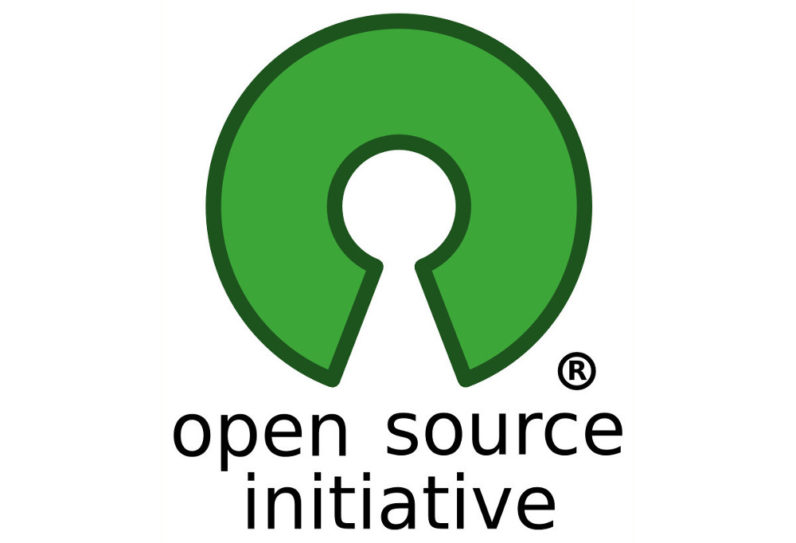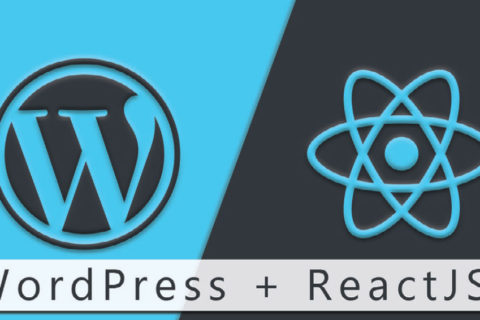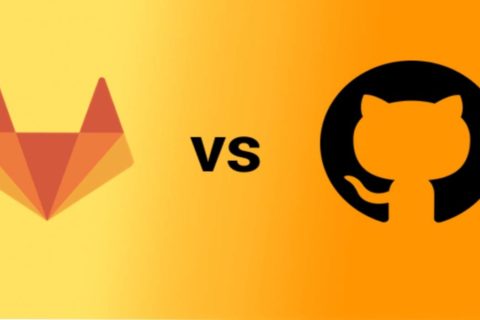Overview
Does google cloud suitable for open source? We can say yes! An open-source cloud is any cloud service or solution that is mold using open source technology and applications. This includes all public, private, or hybrid cloud models that have been developed and run entirely with open source technologies, such as SaaS, IaaS, and PaaS.
Many open source organizations have taken advantage of open-armed cloud infrastructure as a means to monetize their open-source product. There is an undeniable trend towards business infrastructure, and it will not vanish anywhere in the future too. Therefore, the strength of the cloud and usability of the open-source certainly need to be combined. When we look at the situation from a cloud provider, business, and company viewpoint, open-source cloud architecture has many advantages. It is important to remember that cloud technologies continue to evolve.
What is open-source?
Open source is the term that is to refer to open source applications (OSS). Open source code is actually for public access, i.e., anyone can see, change and distribute the code as they wish. This open-source software is code. This open-source gave birth to Linux, MySQL, MongoDB, Puppet, etc.

Those who choose open source technology use them. Since it is designed to remove the possibility of vendors being pulled under or purchased by a corporation, to mention just a few negative results, if that occurs, then they can use the code and proceed themselves. Those in the public clouds also realize that it includes open-source software. Two kinds of things are available: first, a third-party cloud-based software framework. Secondly, we reconstruct or rebrand an open-source version as a cloud-based solution. But the open-source code tree is functional orienting and dependent. While software licenses are not subject to any fee, you have to pay to use cloud services like storage and compute.
Furthermore, the cloud companies are using open source technologies for financial benefits from the open-source community. However, open-source systems would not add value or promote the growth of the next generation. This is at the core of the problem: public cloud providers operate by sales, and open source communities are primarily motivated by the environment.
Has cloud been good for open-source?
Take the Kubernetes Container Orchestration Framework, a very popular open-source project. Cloud providers, such as Google, which started Kubernetes, now serve this technology. The Update is to make it easy to integrate with existing cloud-based services. The cloud service providers charge for its use on their public clouds. The point is that Kubernetes may not be so effective. This is because they deploy rapidly by public cloud platforms. On the other hand, the open-source community worries about Kubernetes’ central principles of open-source dogma. Additionally, we remove open-source projects from public cloud software. Cloud providers and open-source proponents are looking for ways to resolve this gap, for example, through the open core and dual license agreements.

The open core is the sale of non-free software, much of which is being developed by a single corporation. The core of the system is, therefore, free, making the code and the IP available. For example, an open-source core integration engine is provided; however, the connectors that are approved by the company that created the open core component must be paid. For the business producing open-core applications, this model could be more beneficial and sustainable. And as public cloud suppliers use the software for usage-based sales. Dual licensing contracts are like the sale of free rather than non-free software. The software company released the software with a copyleft license like the GPL. However, we cannot incorporate them into patented products; otherwise, the GPL would be violated. As in the public clouds, the company monitors how its software is licensed for proprietary products.
Key Points to know about open source and the cloud
- Open source licenses are designed to keep code from being locked. Open source licenses are based on the premise that you can’t render anything proprietary if you take open-source code. This ensures that businesses share the code with all those who want to use it.
- Contracts for assistance are not always adequate.
- The cloud could not imagine open source licenses. An open-source project does not create a cloud service, but it only incorporates this as part of the service for customers. This does not infringe the license as the idea is that you can build a company by using these software.
- Certain open source software vendors use proprietary licenses.
- Going in ownership or proprietary causes forks
Bottom Line
In the world of technology, open-source software becomes more and more popular. The cloud did not have any lack of open-source software. Public Cloud Tools allow users to use a more freedom- and cost-effective cloud infrastructure. However, switching to an open-source cloud solution will change the complete cloud administration perspective. Consider the benefits and drawbacks of open source cloud computing before incorporating open source applications into your cloud infrastructure.
Has the cloud damaged the open-source software? In general, if relevance and revenue are metrics, then indeed. The beneficial effect of the cloud on the open-source and vice verses has been seen first-hand. Bear in mind that there are various apparent incentives for increasing collaboration between non-owned and cloud apps. As the future is continuously growing with open-source software and cloud computing, it is only sensible to encourage their combined development.
If you find this blog interesting, then please do check our blog page too. You can find more encouraging and engaging blogs on our site. If you have any queries, then please do contact us. We are happy to hear from you.




